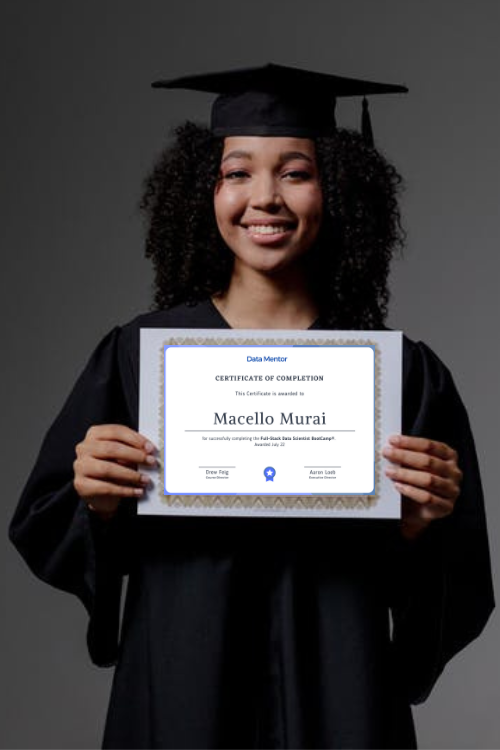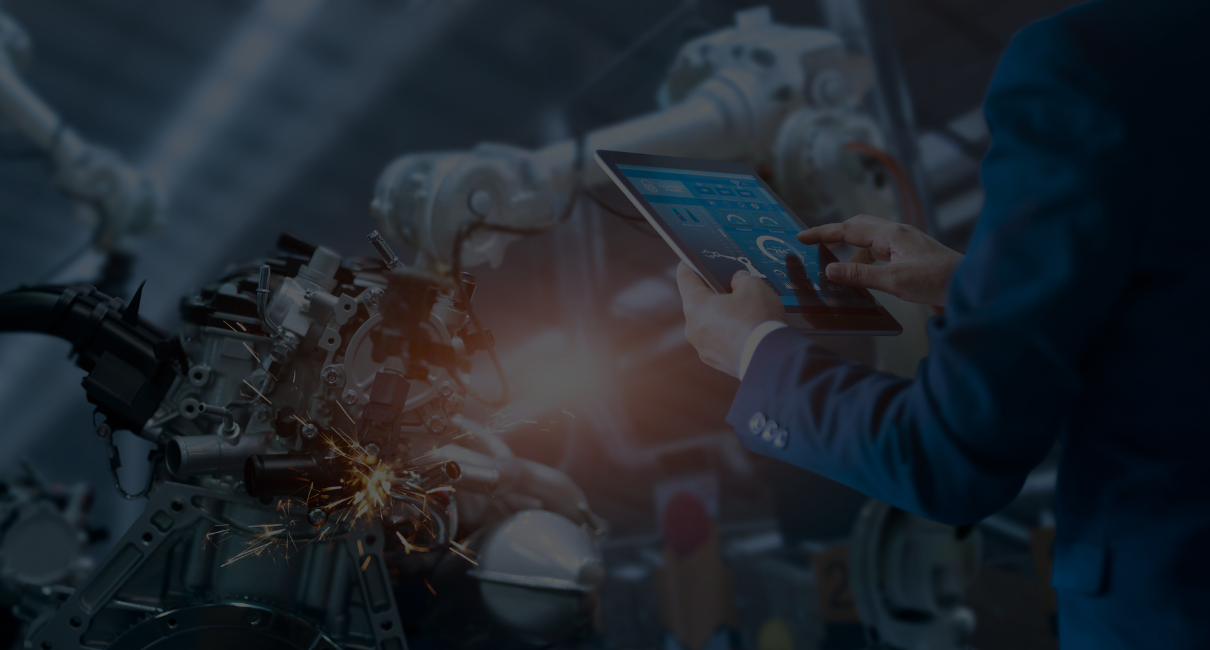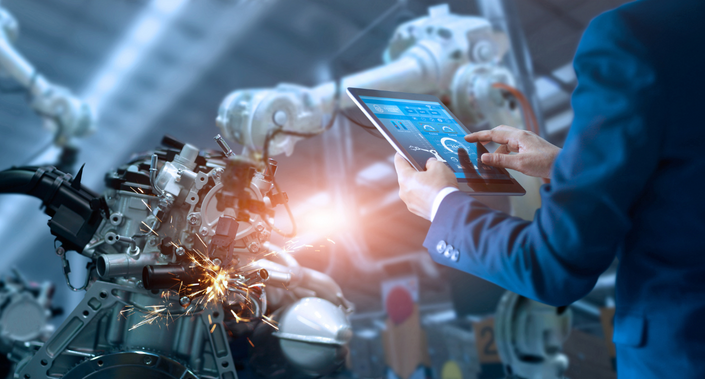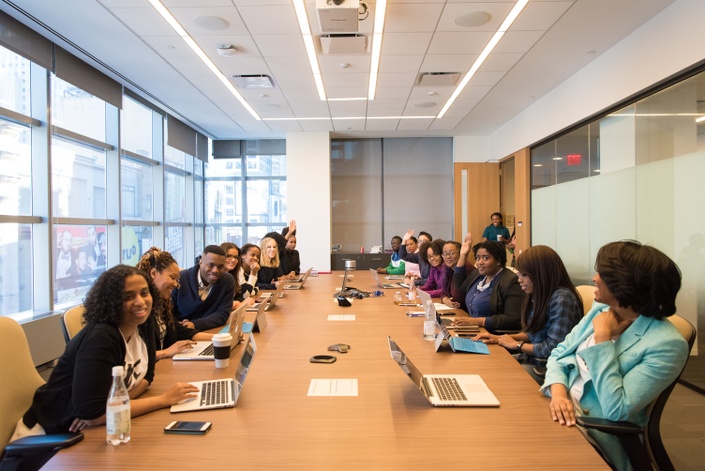WELCOME
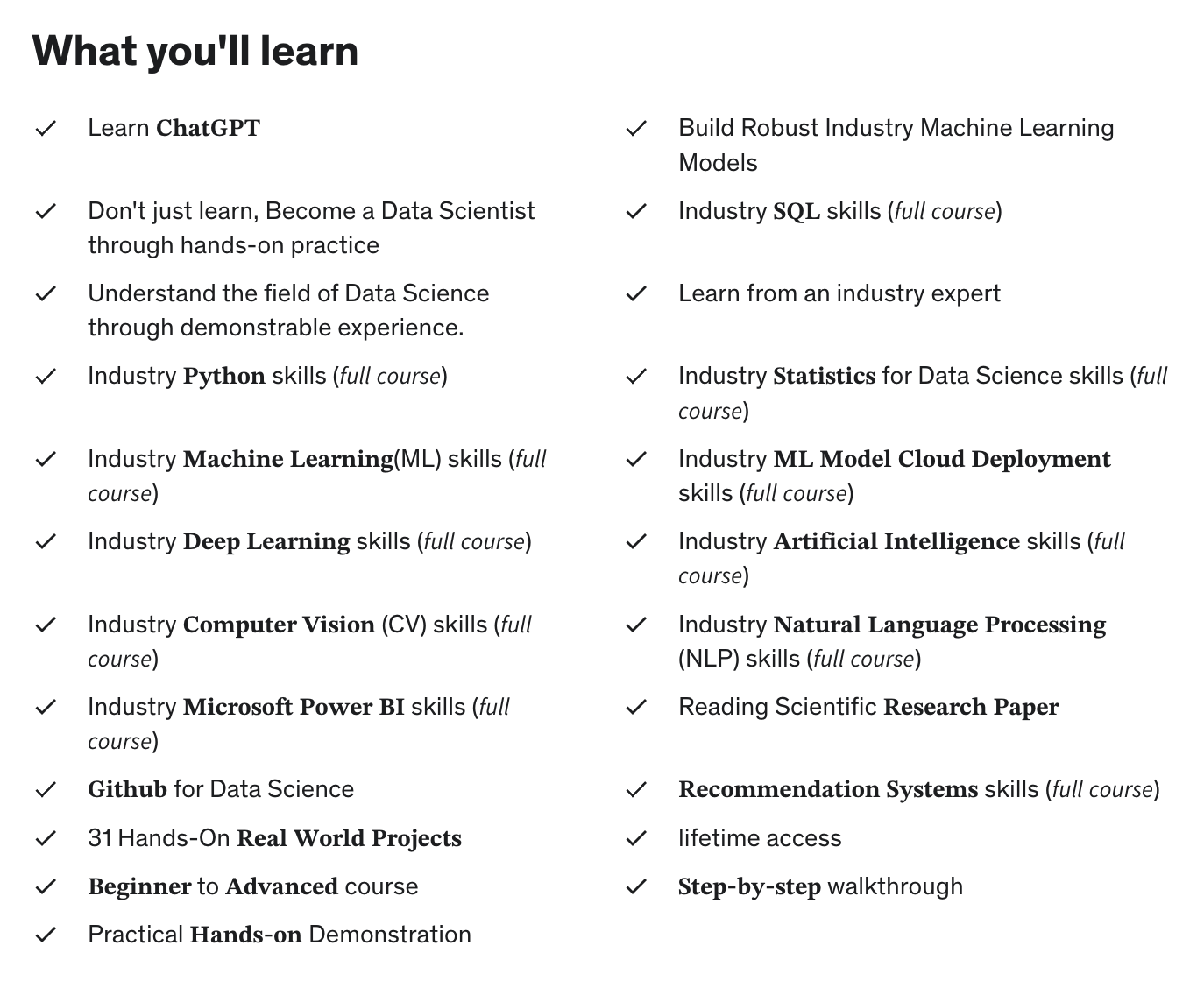
Become a
Full-Stack Data Scientist
In 9 Months
Average Salary
of A Full Stack Data Scientist:
$125,000
Join The 6-Figure Career
What You Get In This Course:
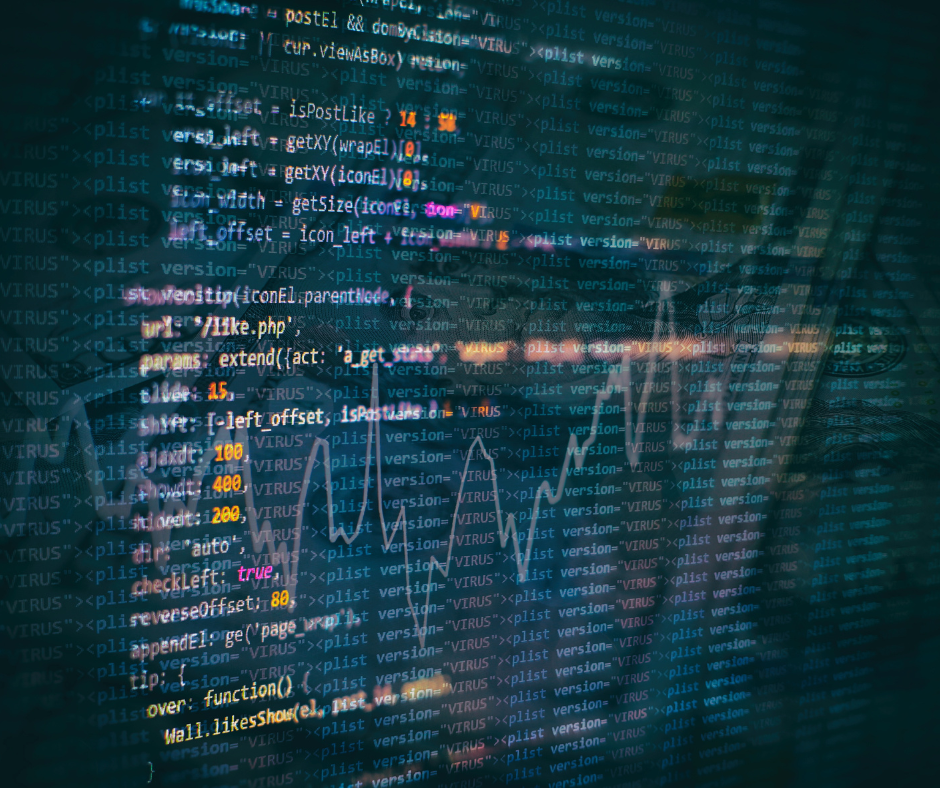
Python Programming For Data Science
Master Python for data science. Gain a solid background in Python program. Learn robust Python libraries and frameworks such as Numpy, Pandas, Matpltlib, Seaborn, Plotly, ggplot, SKlearn, etc.
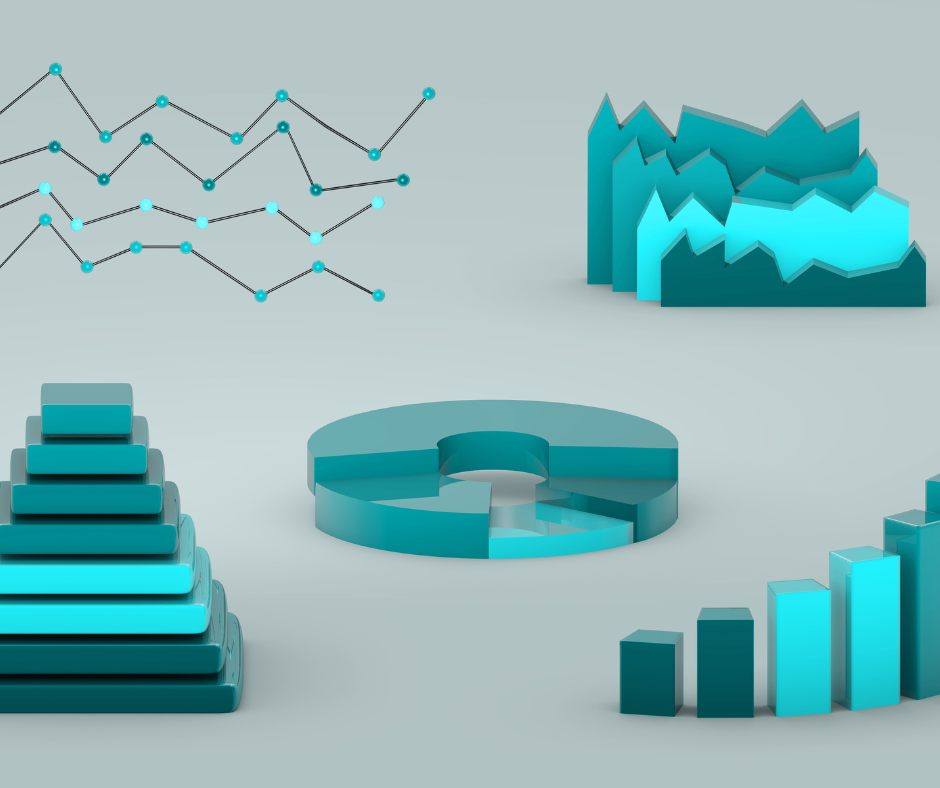
Statistics For Data Science
Master the essentials of Statistics that you need to become an efficient and productive Data Scientist.
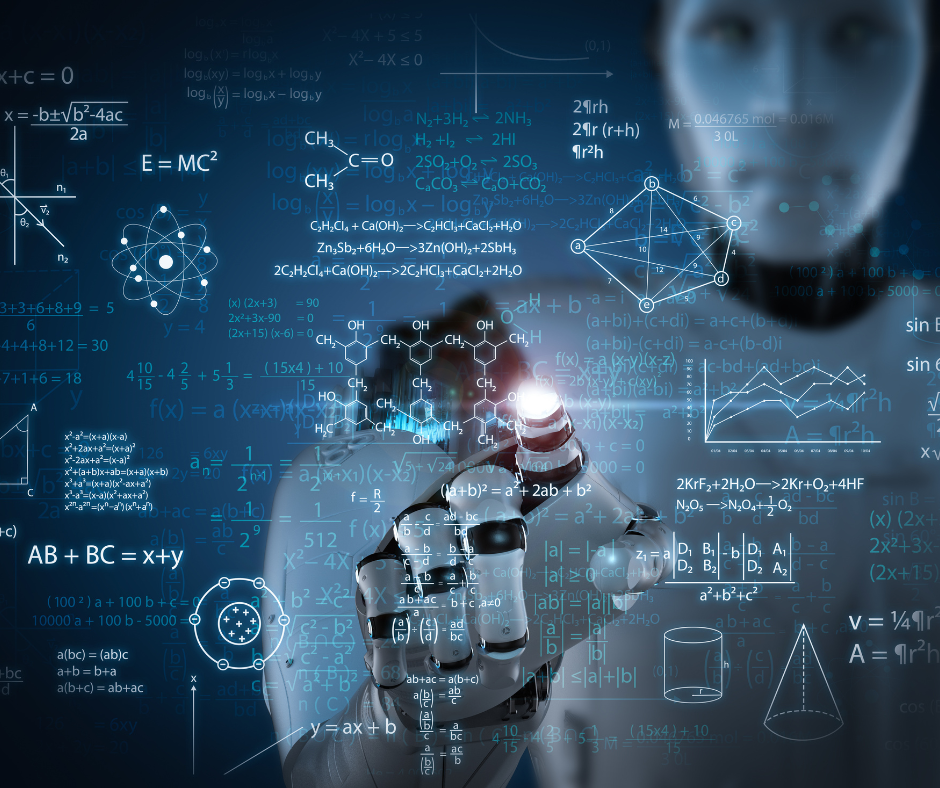
Machine Learning
Learn robust and modern Machine Learning concepts such as Regression Analysis, Naive Bayes & K- Nearest Neighbor(KNN), SVM, Principal Component Analysis(PCA), Random Forests, Bagging, Boosting, etc.

Web Scraping For Data Science
Learn how data scientist perform professional web scraping to fetch data from various web portals to solve business problems. Learn robust data science web scraping tools and techniques and frameworks like Beautifulsoup, Request, Selenium, and Scrapy.
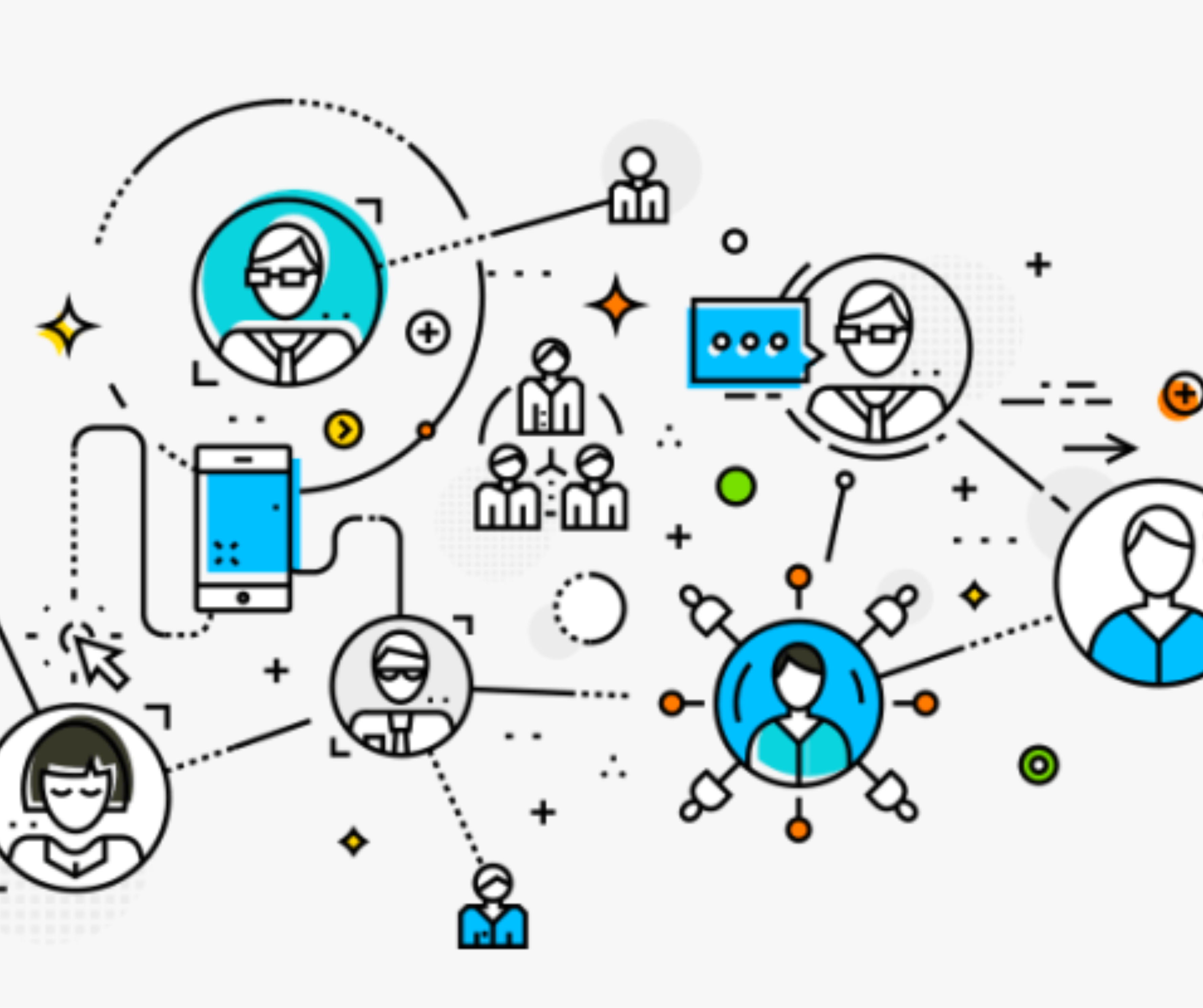
Recommendation Systems
Build your own movie recommendation system with User interface like Netflix and perform recommendations in real time.
Gain a hands-on understanding of how platforms like Netflix, Amazon, Youtube, Facebook, etc recommend products to customers.
Learn the various recommendation techniques available and how to build your own recommendation systems.
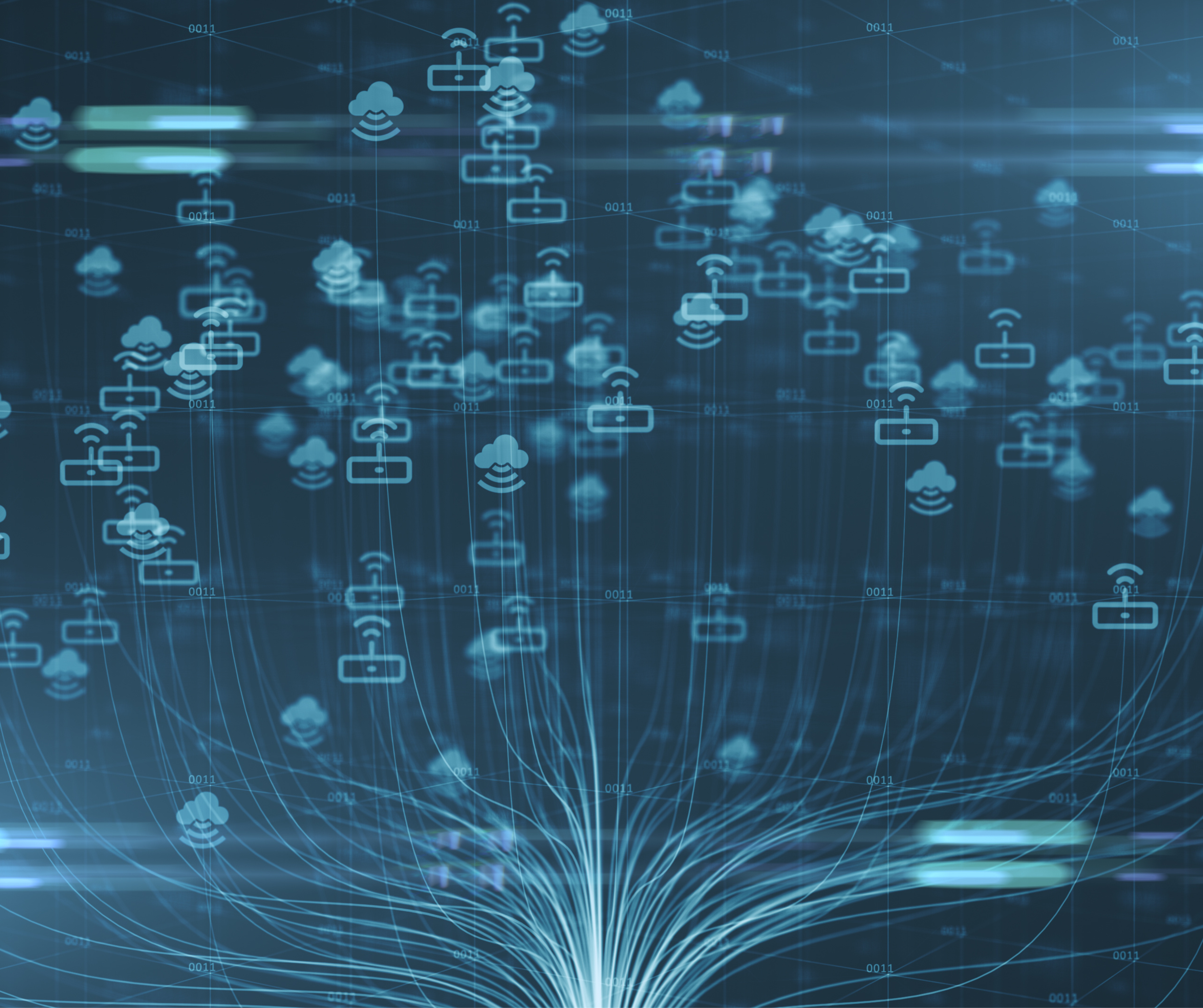
Cloud Deployment
Learn how to build and deploy your own machine learning models and build ML apps for your model. Learn cloud to deploy to cloud platforms such as Amazon Web Service(AWS), Google Cloud(GCP), Microsoft Azure, Heroku, Flask, Streamlit, etc.
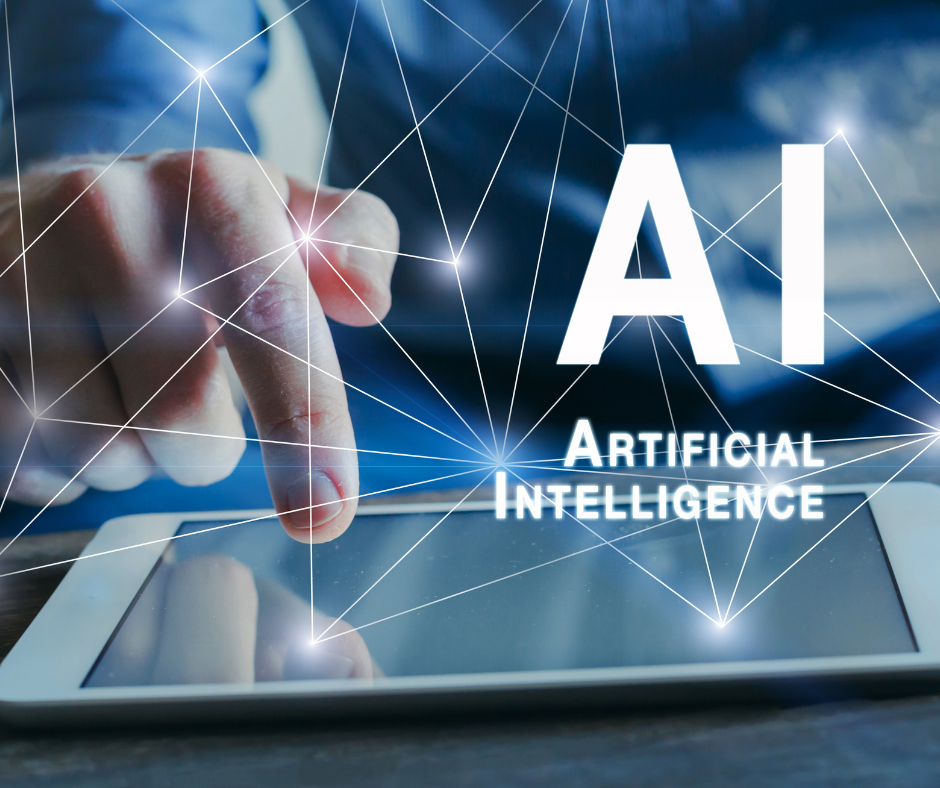
Artificial Intelligence (AI)
Artificial intelligence is by far the most robust human inventions of all time. Thing about how netflix is implementing AI into their recommendation systems or how facebook is matching you with several friends, it's all about AI.
Learn the latest AI techniques to create robust apps and projects.
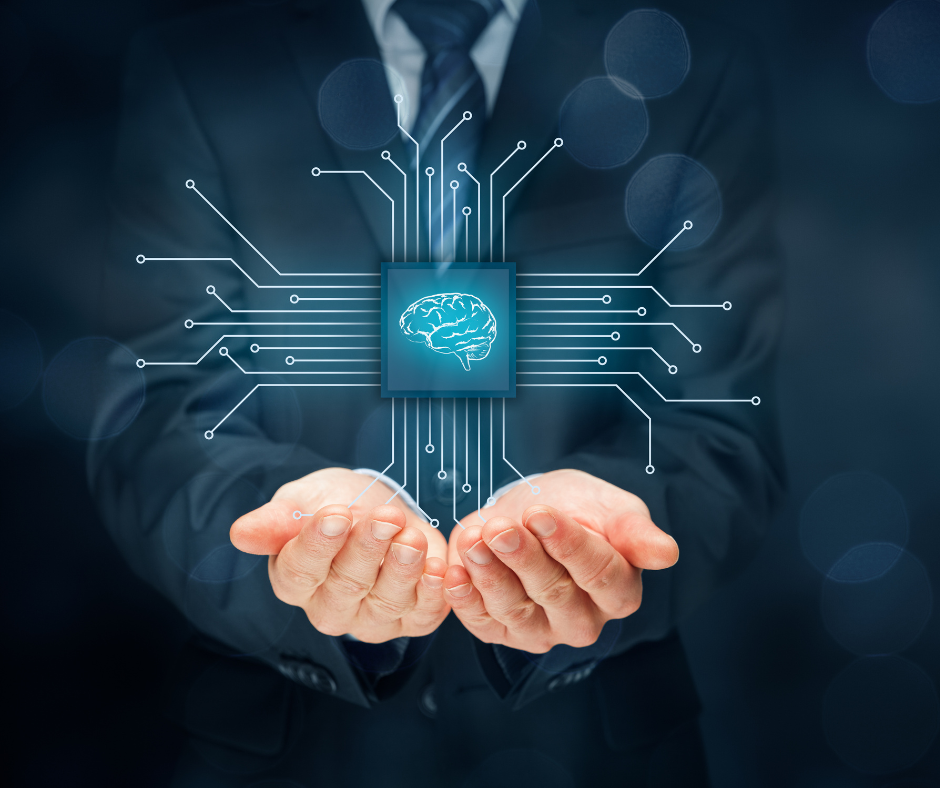
Deep Learning
Be equipped with the industry deep learning techniques needed for performing computer vision and natural language processing(NLP) task
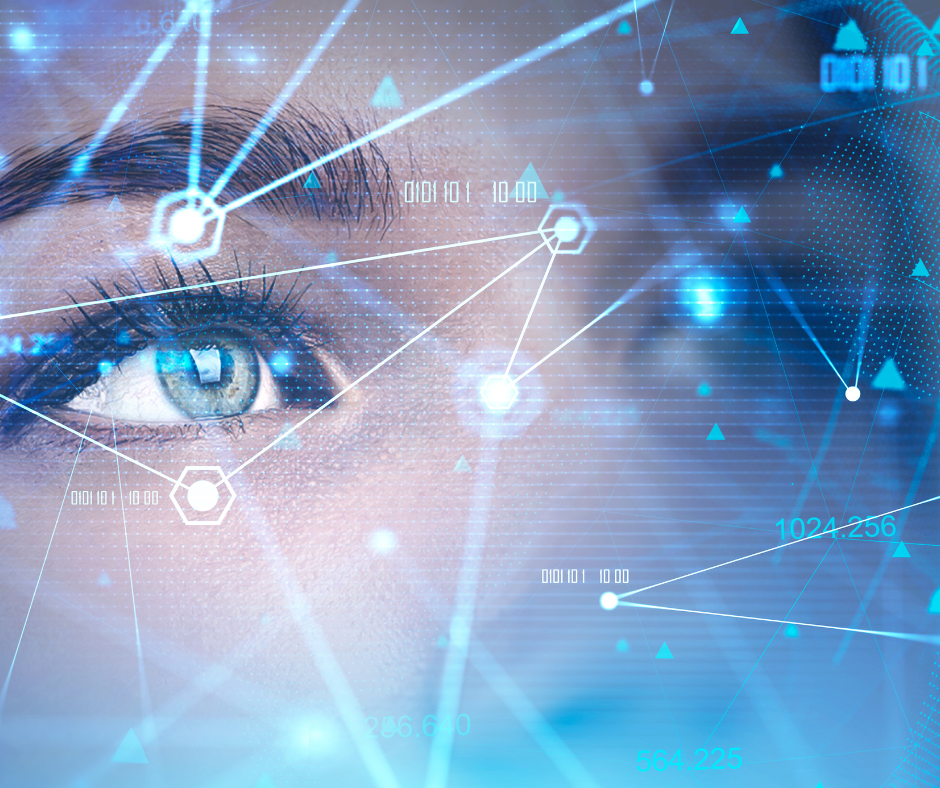
Computer Vision
Eager to know how iPhones recognizes your face? How machine learning models are able to identify cancer and tumors in cells, or how Tesla is using computer vision to build self driving cars? this is the section you will learn all that.
Learn how to build your own computer vision systems that can recognize objects accurately.
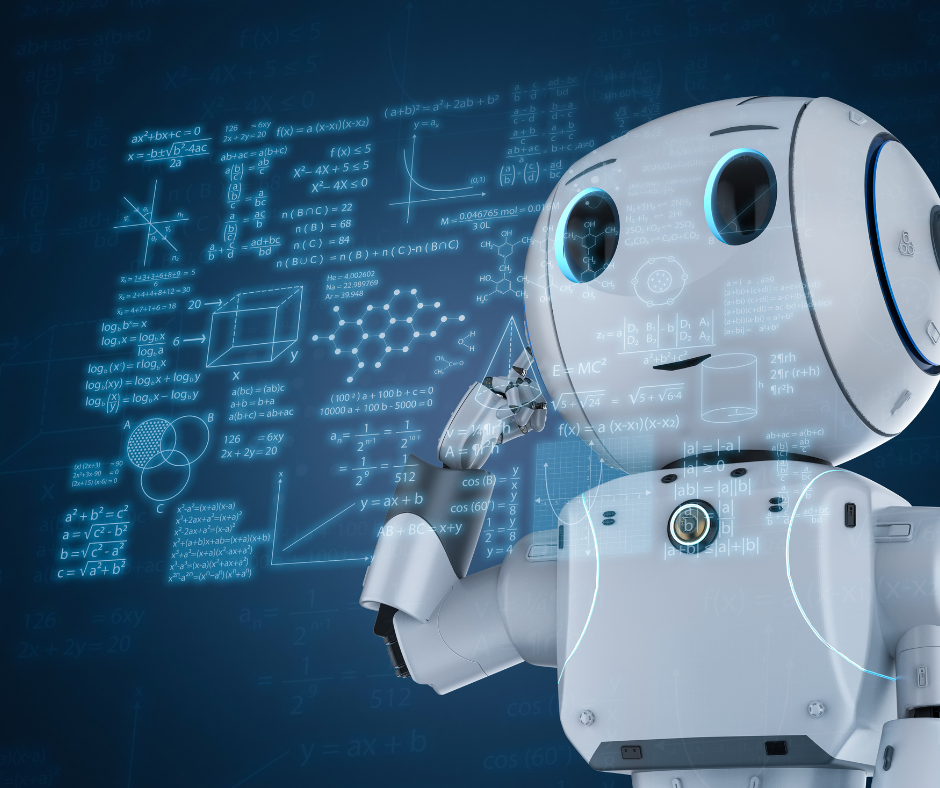
Natural Language Processing (NLP)
Learn how we use Natural Language Processing to processing text at the banking sector as well as other sectors. Build your own NLP model that can process text at a faster rate and efficiently.
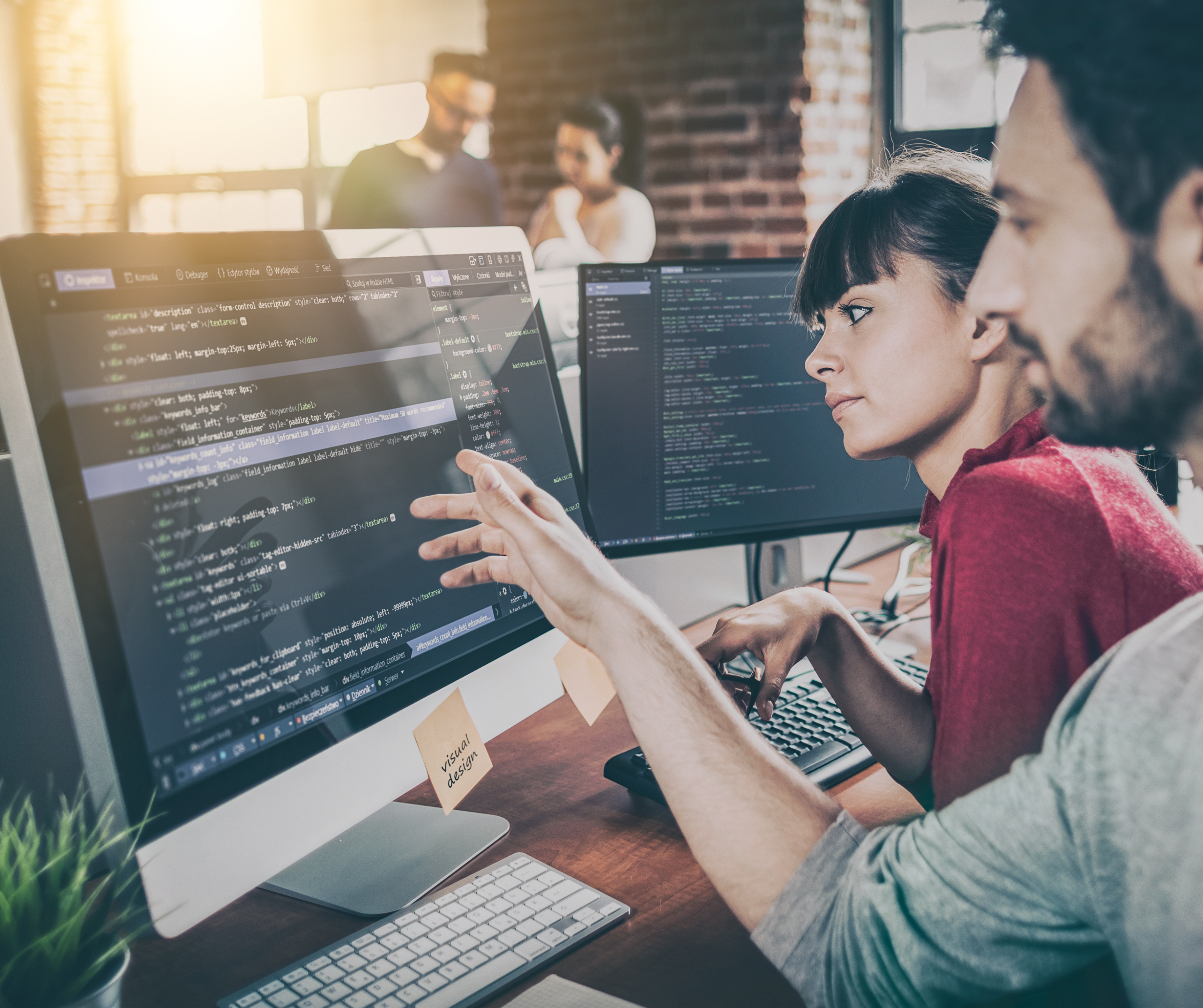
Hands-On Projects
Gain a practical understanding of the concepts by working on 15+ carefully selected Projects and Assignments.
2 SPECIALIZATIONS
Specializing In Two Areas
Computer Vision (CV)
Natural Language Process (NLP)
Course Curriculum Walkthrough
You can DOWNLOAD Course Curriculum
See Course Curriculum
A Well-Structured 9-Month Course Curriculum
Over 125 hours of Up-to-date Quality Course Content.
- Lecture resources
- The Big Picture (3:22)
- Part 1: Data Science Overview (4:56)
- What Is Data Science? (7:44)
- DA vs DS vs AI vs ML (4:49)
- Industries That Use and Hire Data Scientist (3:33)
- Applications of Data Science (8:41)
- Data Science Lifecycle and the Maturity Framework (3:46)
- Who is a Data Scientist? (6:26)
- Career Opportunities In Data Science (3:29)
- Typical Backgrounds of Data Scientists (1:55)
- Typical Salary of a Data Scientist (4:23)
- The Ultimate Path To become a Data Scientist(Skills you need to develop)
- Introduction To SQL for Data Science (6:06)
- Types of Databases (4:20)
- What is a Query? (3:01)
- What is SQL? (3:18)
- SQL or SEQUEL? (2:59)
- SQL Installation (1:36)
- SQL Installation Guide For MacOS (4:53)
- SQL Installation Guide For Windows (4:01)
- Extra Help in Installing SQL (0:46)
- Overview of SQL workbench (13:49)
- Creating Exiting Databases (6:15)
- Overview Of Existing Databases (5:12)
- The SELECT Statement in Details (9:52)
- The ORDER BY Clause (2:01)
- The WHERE Clause (4:46)
- Operation with SELECT statement (7:10)
- Aliasing in SQL (9:03)
- Exercise 1 and solution (5:28)
- The DISTINCT Keyword (3:28)
- WHERE Clause with SQL Comparison operators (7:15)
- Exercise 2 and Solution (3:17)
- The AND, OR and NOT Operators (11:48)
- Exercise 3 and Solution (5:35)
- The IN Operator (3:02)
- Exercise 4 and Solution (2:18)
- The BETWEEN Operator (2:41)
- Exercise 5 and Solution (3:16)
- The LIKE Operator (7:59)
- Exercise 6 and Solution (3:51)
- The REGEXP Operator (10:31)
- Exercise 7 and Solution (7:21)
- IS NULL & IS NOT NULL Operator (3:12)
- Exercise 8 and Solution (2:44)
- The ORDER BY Clause in Details (4:37)
- The LIMIT Clause (2:31)
- Exercise 9 and Solution (2:53)
- Introduction To SQL JOINS (8:59)
- Exercise 10 and Solution (7:24)
- Joining Across Multiple Databases (6:51)
- Exercise 11 and Solution (8:27)
- Joining Table to Itself (7:56)
- Joining Across Multiple SQL Tables (11:16)
- LEFT and RIGHT JOIN (6:32)
- Exercise 12 and Solution (6:27)
- Exercise 13 and Solution (7:24)
- Lecture Resources
- Python Hands-On: Introduction (1:00)
- Hands-On With Python: Keywords And Identifiers (12:53)
- Hands-On Coding: Python Comments (7:09)
- Hands-On Coding: Python Docstring (3:25)
- Hands-On Coding: Python Variables (9:03)
- Hands-On Coding: Rules and Naming Conventions for Python Variables (7:39)
- Hands-On Coding: Arithmetic Operators (2:12)
- Hands-On Coding: Comparison Operators (1:53)
- Hands-On Coding: Logical Operators (7:38)
- Hands-On Coding: Bitwise Operators (7:51)
- Hands-On Coding: Assignment Operators (3:34)
- Python Hands-On: Special Operators (2:00)
- Hands-On Coding: Membership Operators (2:51)
- Lecture resources
- Introduction To Numpy (11:30)
- Numpy: Creating Multi-Dimensional Arrays (1:53)
- Numpy: Arange Function (5:53)
- Numpy: Zeros, Ones and Eye functions (4:46)
- Numpy: Reshape Function (1:23)
- Numpy: Linspace (2:23)
- Numpy: Resize Function (5:23)
- Numpy:Generating Random Values With random.rand (3:04)
- Numpy:Generating Random Values With random.randn (2:26)
- Numpy:Generating Random Values With random.randint (3:40)
- Numpy: Indexing & Slicing (17:00)
- Numpy: Broadcasting (1:17)
- Numpy: How To Create A Copy Dataset (4:28)
- Numpy- DataFrame Introduction (15:25)
- Pandas Lecture resources
- Pandas- Series 1 (19:21)
- Pandas- Series 2 (11:05)
- Pandas- Loc & iLoc (7:48)
- Pandas- DataFrame Introduction (4:17)
- Pandas- Operations On Pandas DataFrame (9:10)
- Pandas- Selection And Indexing On Pandas DataFrame (3:12)
- Pandas- Reading A Dataset Into Pandas DataFrame (8:32)
- Pandas- Adding A Column To Pandas DataFrame (4:33)
- Pandas- How To Drop Columns And Rows In Pandas DataFrame (11:03)
- Pandas- How To Reset Index In Pandas Dataframe (3:32)
- Pandas- How To Rename A Column In Pandas Dataframe (6:29)
- Pandas- Tail(), Column and Index (2:56)
- Pandas- How To Check For Missing Values or Null Values(isnull() Vs Isna()) (6:16)
- Pandas- Pandas Describe Function (5:40)
- Pandas- Conditional Selection With Pandas (9:14)
- Pandas- How To Deal With Null Values (7:14)
- Pandas- How To Sort Values In Pandas (3:10)
- Pandas- Pandas Groupby (0:37)
- Pandas- Count() & Value_Count() (2:14)
- Pandas- Concatenate Function (6:47)
- Pandas- Join & Merge(Creating Dataset) (3:45)
- Pandas-Join (9:49)
- Pandas- Merge (7:55)
- Introduction To Hypothesis (3:50)
- Null Vs Alternative Hypothesis (1:34)
- Setting Up Null and Alternative Hypothesis (0:37)
- One-tailed Vs Two-tailed test (1:40)
- Key Points On Hypothesis Testing (3:08)
- Type 1 vs Type 2 Errors (6:01)
- Process Of Hypothesis testing (1:46)
- P-Value (2:28)
- Alpha-Value or Alpha Level (3:15)
- Confidence Level (2:00)
- Lecture resources
- Considerations When Loading Data (6:22)
- Loading Data from a CSV File (7:01)
- Loading Data from a URL (1:23)
- Loading Data from a Text File (3:50)
- Loading Data from an Excel File (3:36)
- Skipping Rows while Loading Data (2:51)
- Peek at your Data (3:12)
- Dimension of your Data (2:01)
- Checking Data Types of your Dataset (3:53)
- Descriptive Statistics of your Dataset (4:48)
- Class Distribution of your Dataset (4:49)
- Correlation of your Dataset (6:24)
- Skewness of your Dataset (1:51)
- Missing Values in your Dataset (2:10)
- Histogram of Dataset (4:48)
- Density Plot of Dataset (3:32)
- Box and Whisker Plot (3:02)
- Correlation Matrix (4:55)
- Scatter Matrix(Pairplot) (3:30)
- Regressor Algorithm Vs Classifier Algorithm (9:47)
- Introduction To Logistic Regression Algorithm (4:01)
- Limitations of Linear Regression (19:45)
- PART 2: Intuitive Understanding Of Logistic Regression (22:48)
- The Mathematics Behind Logistic Regression Algorithm (22:52)
- LAB SESSION 1: Practical Implementation of Logistic Regression Algorithm (23:34)
- LAB SESSION 2: Practical Implementation of Logistic Regression Algorithm (28:39)
- LAB SESSION 3: Practical Implementation of Logistic Regression Algorithm (21:13)
- Lecture Resources
- Overview (1:44)
- Confusion Matrix: True Positive | False Positive | True Negative | False Neg. (23:50)
- Accuracy (13:04)
- Precision (5:28)
- Recall (4:06)
- The Tug of War between Precision and Recall (8:16)
- F 1 Score (1:32)
- Classification Report (3:24)
- ROC and AUC
- LAB SESSION: AUC and ROC (9:28)
- Lecture resources
- Decision Tree Overview (1:28)
- CART: Introduction To Decision Tree (15:24)
- Purity Metrics: Gini Impurity | Gini Index (15:57)
- Calculating Gini Impurity (PART 1) (10:43)
- Calculating Gini Impurity (PART 2) (7:20)
- Information Gain (8:52)
- Overfitting in Decision Trees (4:20)
- Prunning (2:29)
- LAB SESSION: Prunning
- Lecture Resources
- Introduction To Ensemble Techniques (8:24)
- Understanding Ensemble Techniques (2:54)
- Difference b/n Random Forest & Decision Tree (4:55)
- Why Random Forest Algorithm (5:26)
- More on Random Forest Algorithm (3:04)
- Introduction to Bootstrap Sampling | Bagging (3:35)
- Understanding Bootstrap Sampling (2:54)
- Diving Deeper into Bootstrap Sampling (9:57)
- Bootstrap Sampling summary (8:10)
- Bagging (5:43)
- Boosting (8:07)
- Adaboost : Introduction (4:35)
- The Maths behind Adaboost algorithm (21:16)
- Gradient Boost: Introduction (4:33)
- Gradient Boosting : An Intuitive Understanding (15:08)
- The Mathematics behind Gradient Boosting Algorithm (33:15)
- XGBoost: Introduction (1:57)
- Maths of XGBoost (PART 1) (18:10)
- Maths of XGBoost (PART 2) (18:48)
- LAB SESSION 1: Ensemble Techniques (23:27)
- LAB SESSION 2: Ensemble Techniques (39:49)
- Stacking: An Introduction (9:25)
- LAB SESSION: Stacking (15:35)
- Lecture resources
- KFold Cross Validation (25:15)
- LAB SESSION: KFold Cross Validation (11:52)
- Bootstrap Sampling (12:13)
- Leave One Out Cross Validation(LOOCV) (4:49)
- LAB SECTION: LOOCV (6:56)
- Hyper-parameter Tuning: An Introduction (16:53)
- Hyper-parameter Tuning: Continue (6:39)
- GridSearchCV: An Introduction (39:48)
- RandomSearchCV: An Introduction (2:31)
- LAB SESSION 1: GridSearchCV (39:48)
- LAB SESSION 2: GridSearchCV (13:43)
- LAB SESSION: RandomSearchCV (14:38)
- Regularization
- Lasso(L1) and Ridge (L2) Regression
- Lecture Resources
- Indian Institute Of Business(ISB)- Project Introduction (5:36)
- Problem Statement & Dataset (5:26)
- Demystify The Structure Of Web Page URLs (3:59)
- Formulating Generic Web Page URLs (11:08)
- Forming The Structure Of Web Page URLs (9:23)
- Creating A DataFrame For Scraped Data (3:41)
- Creating A Generic Auto Web Scraper (23:37)
- Lecture Resources
- Recommendation System: An Overview (2:54)
- Where Recommender Systems came from (2:49)
- Applications of Recommendation Systems (6:25)
- Why Recommender Systems? (9:27)
- Types of Recommender Systems (0:50)
- Popularity based Recommender Systems (4:43)
- LAB SESSION: Popularity based Recommender (15:13)
- Content-based Filtering: An Overview (7:48)
- Cosine Similarity (12:04)
- Cosine Similarity with Python (5:49)
- Document Term Frequency Matrix (19:22)
- LAB SESSION: Building Content-based Recommender Engine (34:05)
- Collaborative Filtering: An Introduction (2:49)
- LAB SESSION: Collaborative Filtering
- Evaluation Metrics for Recommender Systems (4:41)
- Streamlit Lecture resources
- Demo (17:04)
- PART 1: Introduction to STREAMLIT (21:27)
- PART 1: Introduction to STREAMLIT (48:37)
- PART 1: Introduction to STREAMLIT (24:42)
- PART 1: Build Your First Machine Learning Web App (54:45)
- PART 2: Build Your First Machine Learning Web App (38:42)
- PART 3: Build Your First Machine Learning Web App (20:06)
- PART 4: Build Your First Machine Learning Web App (52:41)
- Lecture resources
- Demo (5:42)
- Introduction (2:34)
- Dataset Preparation (16:16)
- Feature Engineering (14:56)
- 1 Model Building & Hyper-parameter tuning (20:10)
- 2 Model Building & Hyper-parameter tuning (20:55)
- 3 Model Building & Hyper-parameter tuning (28:30)
- 4 Model Building & Hyper-parameter tuning (10:37)
- Project files
- Building a Netflix Recommendation System (6:15)
- Data Preparation (PART 1) (18:10)
- Data Preparation (PART 2) (26:32)
- 1 Data Preparation (PART 3&4) (14:53)
- 1 Data Preparation (PART 3&4) Con't (12:17)
- Data Preparation (PART 5) (16:08)
- Main.py (PART 1.1) (5:44)
- Main.py (PART 1.2) (13:59)
- Main.py (PART 2) (12:31)
- Preparing HTML Files 1.1 (4:09)
- Preparing HTML Files 1.2 (7:02)
- Preparing HTML Files 2.1 (5:44)
- Preparing HTML Files 2.2 (12:53)
- Final Heroku Cloud Deployment (9:00)
- Optional: How to Fix Errors when deploying (3:26)
- Lecture Resources
- Reading Scientific Paper: An Overview (2:12)
- What you will learn (0:50)
- What is a Scientific Research Paper? (3:20)
- Importance of Reading Research Papers (9:50)
- Components of a Research Paper (11:06)
- PART 1: How to Read Scientific Research Papers (16:43)
- Part 2: How to Read Scientific Research Papers (27:50)
- Where to find Data Science research papers (12:52)
- Assignment (4:47)
- Neural Network: An Overview (0:37)
- Architecture: Components of the Perceptron (6:42)
- Fully Connected Neural Network (2:34)
- Types of Neural Networks (1:22)
- How Neural Networks work (5:15)
- Propagation: Forward and Back Propagation (4:31)
- Understanding Neural Network
- Hands-on of Forward and Back Propagation (PART 1) (17:18)
- Hands-on of Forward and Back Propagation (PART 2) (20:03)
- Chain Rule in Backpropagation (23:46)
- Optimizers In NN
- Activation Functions: An Introduction (9:51)
- Sigmoid Activation Function (6:47)
- Vanishing Gradient (14:15)
- TanH Activation Function (5:47)
- ReLU Activation Function (7:23)
- Leaky ReLU Activation Function (3:08)
- ELU Activation Function (5:52)
- SoftMax Activation Function (9:04)
- Activation functions summary (2:40)
- Lecture resources
- LAB SESSION 1: Building your first Neural Network (15:08)
- LAB SESSION 2: Building your first Neural Network (31:55)
- Handling Overfitting in Neural Network (24:59)
- L2 Regularisation (4:53)
- Dropout for Overfitting in Neural Network (5:55)
- Early Stopping for overfitting in NN (8:14)
- ModelCheck pointing (7:13)
- Load best weight (2:24)
- Tensorflow Playground (7:44)
- 1 Building Your Third Neural Network with MNIST (29:40)
- 2 Building Your Third Neural Network with MNIST (16:03)
- Lecture resources
- Working with Images (2:01)
- The concept of Pixels (4:11)
- Gray-Scale Image (5:12)
- Color Image (4:29)
- Different Image formats (3:47)
- Image Transformation: Filtering (1:06)
- Affine and Projective Transformation (3:21)
- Image Feature Extraction (5:00)
- LAB SESSION : working with images (23:07)
- Lecture resources
- Understanding Convolution (PART 1) (13:12)
- Understanding Convolution (PART 2) (7:03)
- Convolution Operation (21:20)
- Understanding : Filter/Kernel | Feature Map | Input Volume | Receptive Field (10:29)
- Stride and Step Size (2:00)
- Padding (8:11)
- Pooling (16:36)
- Understanding CNN Architecture (15:25)
- LAB SESSION: CNN Lab 1 (45:49)
- LAB SESSION: CNN Lab 2 (37:13)
- Lecture resources
- Overview (0:47)
- Brute Force Approach (1:28)
- Sliding Window (1:49)
- Region Proposal (4:33)
- R-CNN (5:31)
- Fast R-CNN (5:58)
- ROI Pooling (9:01)
- Faster R-CNN (12:05)
- State-of-the-Art Algorithms (2:40)
- YOLO (16:35)
- LAB SESSION 1: YOLO LAB Overview (1:38)
- LAB SESSION 2: YOLO (23:21)
- LAB SESSION 3.1: YOLO (8:03)
- LAB SESSION 3.2: YOLO (35:22)
- SSD (5:56)
- Lecture resources
- Introduction To OpenCV (3:43)
- Opencv Installation (7:45)
- Opencv Setup (2:16)
- Reading Images (5:32)
- Reading Video (9:04)
- Live Streaming with OpenCV (4:00)
- Stacking Images together (10:46)
- OpenCV Join (9:03)
- OpenCV Functions (5:39)
- Image Detection Techniques (2:54)
- Edge Detection (2:25)
- Dilation and Erode (10:24)
- OpenCV Conventions (4:19)
- Adding Shapes (9:44)
- Creating Lines (4:16)
- Creating Shapes(Rectangle) (2:34)
- Adding Text (4:28)
- Warp Perspective (16:15)
- IMAGE: Face Detection with OpenCV (11:05)
- VIDEO: Face Detection with OpenCV (6:09)
- Project resources
- CV Project : Building AI Virtual Keyboard (1:02)
- Building AI Virtual Keyboard (PART 1) (11:26)
- Building AI Virtual Keyboard (PART 2) (7:23)
- Building AI Virtual Keyboard (PART 3) (11:24)
- Building AI Virtual Keyboard (PART 4) (12:45)
- Building AI Virtual Keyboard (PART 5) (3:44)
- Building AI Virtual Keyboard (PART 6) (10:20)
- Building AI Virtual Keyboard (PART 7) (5:21)
- Building AI Virtual Keyboard (PART 8) (6:02)
- What is a Recurrent Neural Network (RNN) ? (8:15)
- Types of RNNs (3:46)
- Use Cases of RNNs (5:10)
- Vanilla Neural Network (NN) vs Recurrent Neural Network (RNN) (4:10)
- Backpropagation Through Time (BTT) (4:35)
- Mathematics Behind BTT (5:16)
- Vanishing and Exploding Gradient (2:45)
- The problem of Long Term Dependencies (5:06)
- Bidirectional RNN (BRNN) (2:32)
- Gated Recurrent Unit(GRU) (1:52)
- Lecture resources
- NER : An Introduction (6:20)
- Example of Name Entity Recognition (3:17)
- How Name Entity Recognition works (3:38)
- Applications of NER (4:29)
- LAB SESSION: Hands-On Name Entity Recognition (0:37)
- LAB SESSION 2: Name Entity Recognition (16:13)
- LAB SESSION: Visualizing Name Entity Recognition (9:17)
- Assignment (1:26)
- Lecture resources
- Power BI: An Introduction (11:50)
- Installation (4:46)
- Query Editor Overview (5:03)
- Connectors and Get Data Into Power BI (8:51)
- Clean up Messy Data (PART 1) (15:33)
- Clean up Messy Data (PART 2) (6:20)
- Clean up Messy Data (PART 3) (1:11)
- Creating Relationships (8:40)
- Explore Data Using Visuals (12:18)
- Analyzing Multiple Data Tables Together (4:47)
- Writing DAX Measure (Implicit vs. Explicit Measures) (6:41)
- Calculated Column (6:10)
- Measure vs. Calculated Column (7:36)
- Hybrid Measures (9:28)
- The 80/20 Rule (1:43)
- Text, Image, Cards, Shape (13:33)
- Conditional Formatting (4:02)
- Line Chart, Bar Chart (4:41)
- Top 10 Products/Customers (8:23)
Get 40% OFF
ONLY PAY $20
Price will return to original pricing at $199 from next week
FOR INDIAN STUDENTS
If you are trying to pay from India, please click the button below.
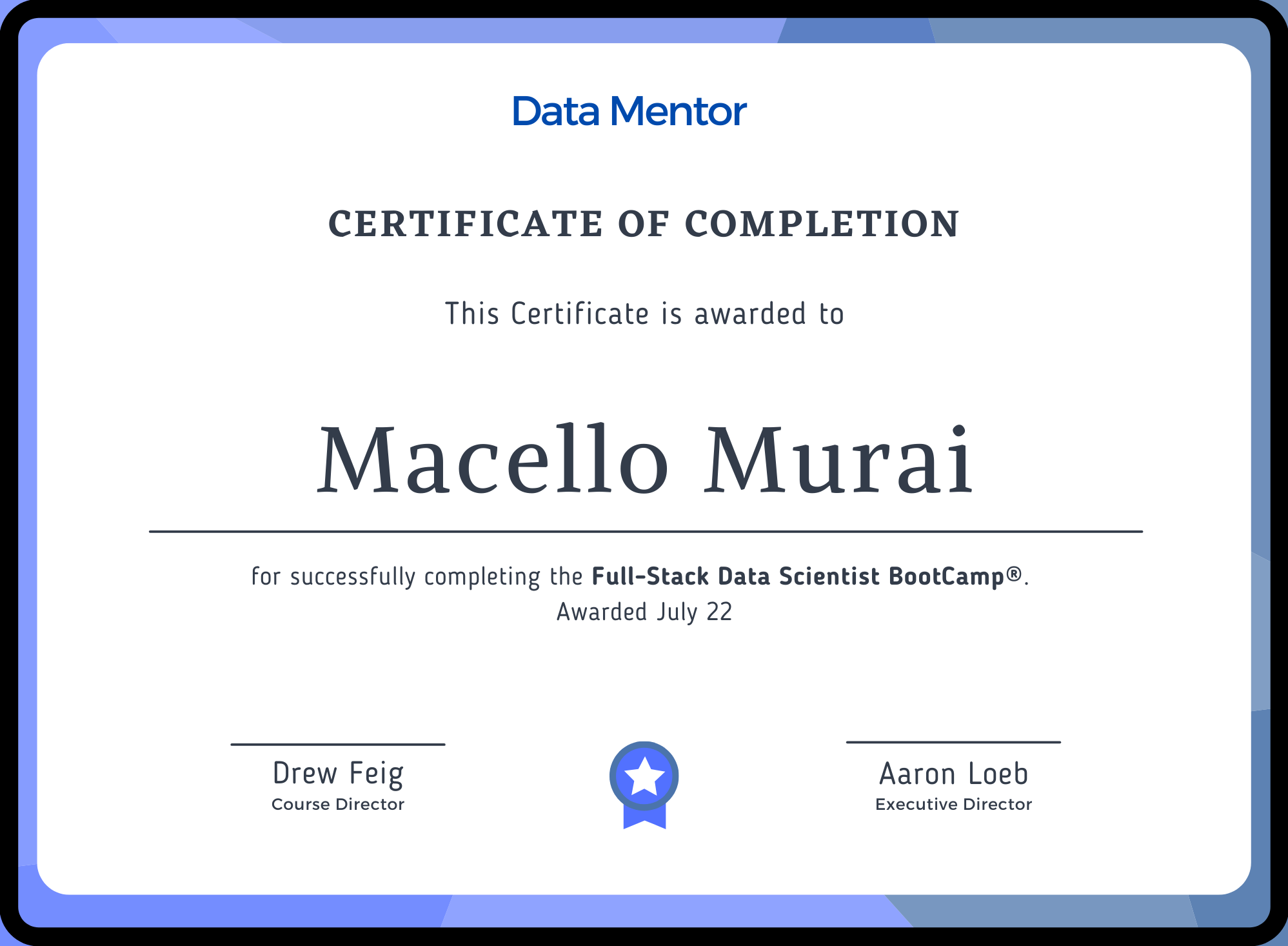
Become a Full-Stack Data Scientist
Get Certified as a
Full Stack Data Scientist
